Optimal Timing for Fire Restorations
Fire restorations are typically most effective when conducted promptly after a fire incident. Immediate response minimizes damage progression and reduces restoration costs. Seasonal considerations can also influence scheduling; for example, milder weather conditions in spring and fall can facilitate safer and more efficient restoration work.
Initiating fire restoration as soon as possible helps prevent further structural damage and mold growth.
Spring and fall often provide optimal weather conditions for restoration activities, avoiding extreme heat or cold.
Conducting assessments promptly ensures accurate planning and efficient restoration procedures.
Insurance claims are often processed faster when restorations are initiated quickly after a fire.
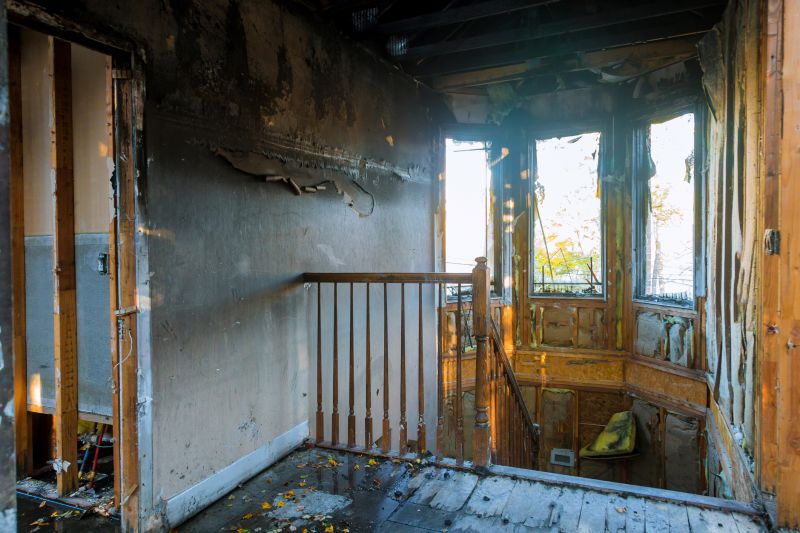
A professional evaluates the extent of damage to plan effective restoration.
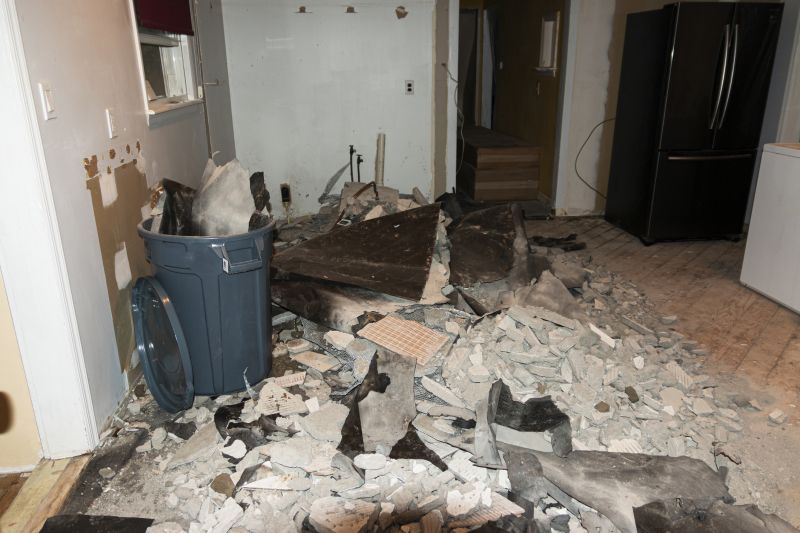
Rapid cleanup prevents further deterioration and prepares for repairs.

Restoring structural integrity is crucial after fire damage.
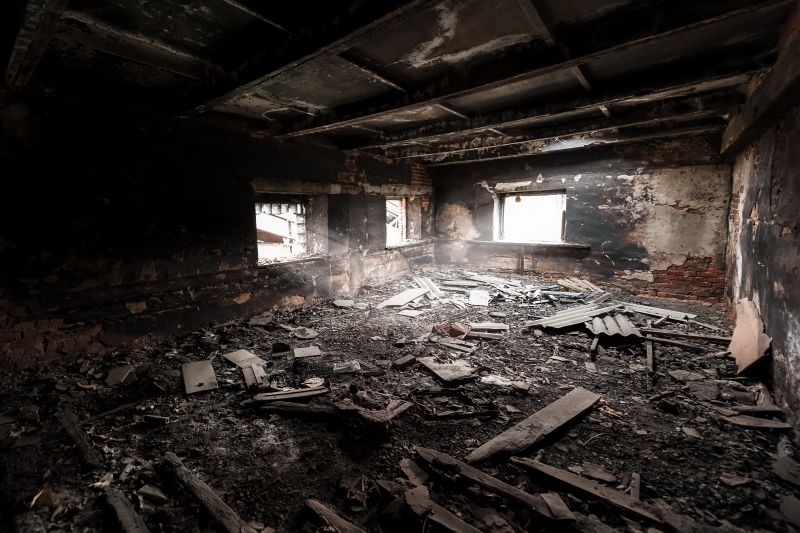
Effective deodorization restores indoor air quality.
| Factor | Impact on Fire Restoration Timing |
|---|---|
| Weather Conditions | Mild weather facilitates safer and more efficient work. |
| Fire Severity | More severe fires require longer and more intensive restoration. |
| Property Accessibility | Easier access speeds up assessment and repairs. |
| Insurance Processing | Faster processing can influence the timing of restoration. |
| Availability of Contractors | Off-peak seasons may offer quicker scheduling. |
| Structural Damage Extent | Severe damage may necessitate delays for safety reasons. |
| Water Damage from Firefighting | Prompt mitigation reduces secondary damage. |
Understanding the optimal timing for fire restorations can help property owners plan effectively and coordinate with restoration professionals. Proper scheduling ensures safety, efficiency, and the best possible results after fire damage. It is advisable to contact restoration specialists promptly to evaluate the damage and develop a tailored plan for recovery.
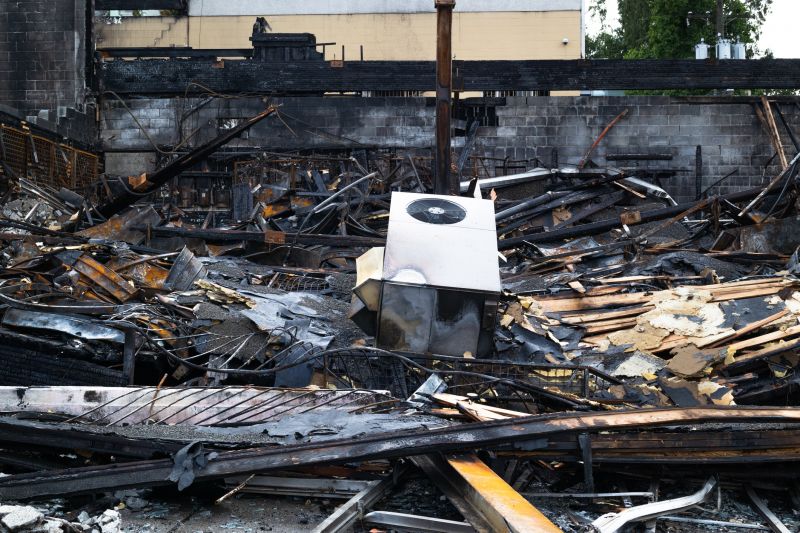
Removing debris and soot is essential for effective restoration.
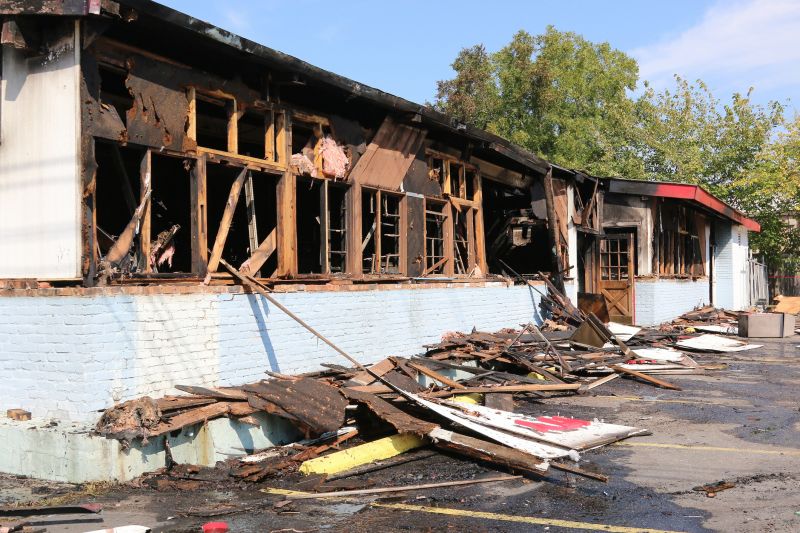
Rebuilding and repairing damaged structures restores safety and stability.
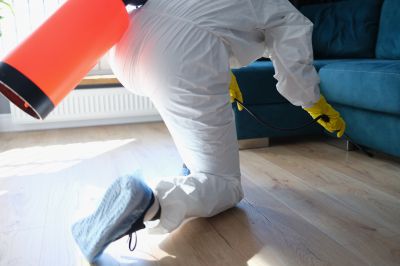
Specialized methods eliminate persistent smoke odors.
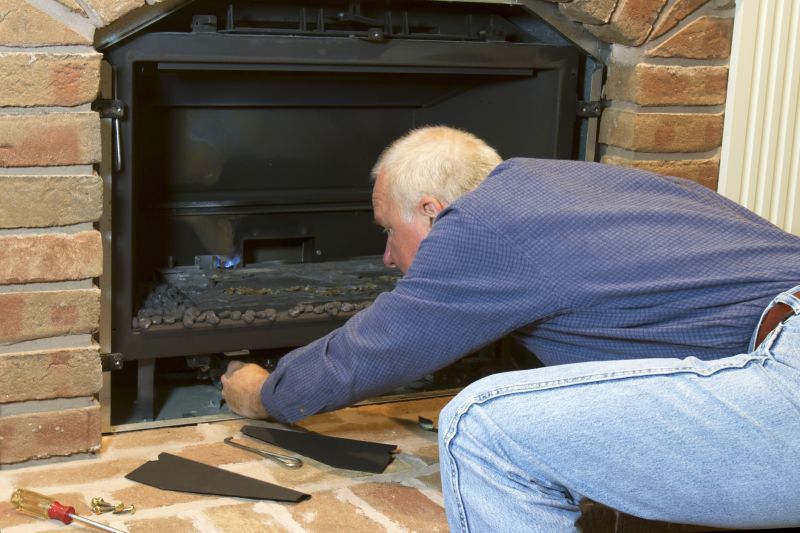
Ensuring all repairs meet safety standards before project completion.
Those seeking fire restoration services are encouraged to contact professionals promptly to assess damage and initiate necessary repairs. Early action can help mitigate costs and restore property safety and comfort efficiently.
